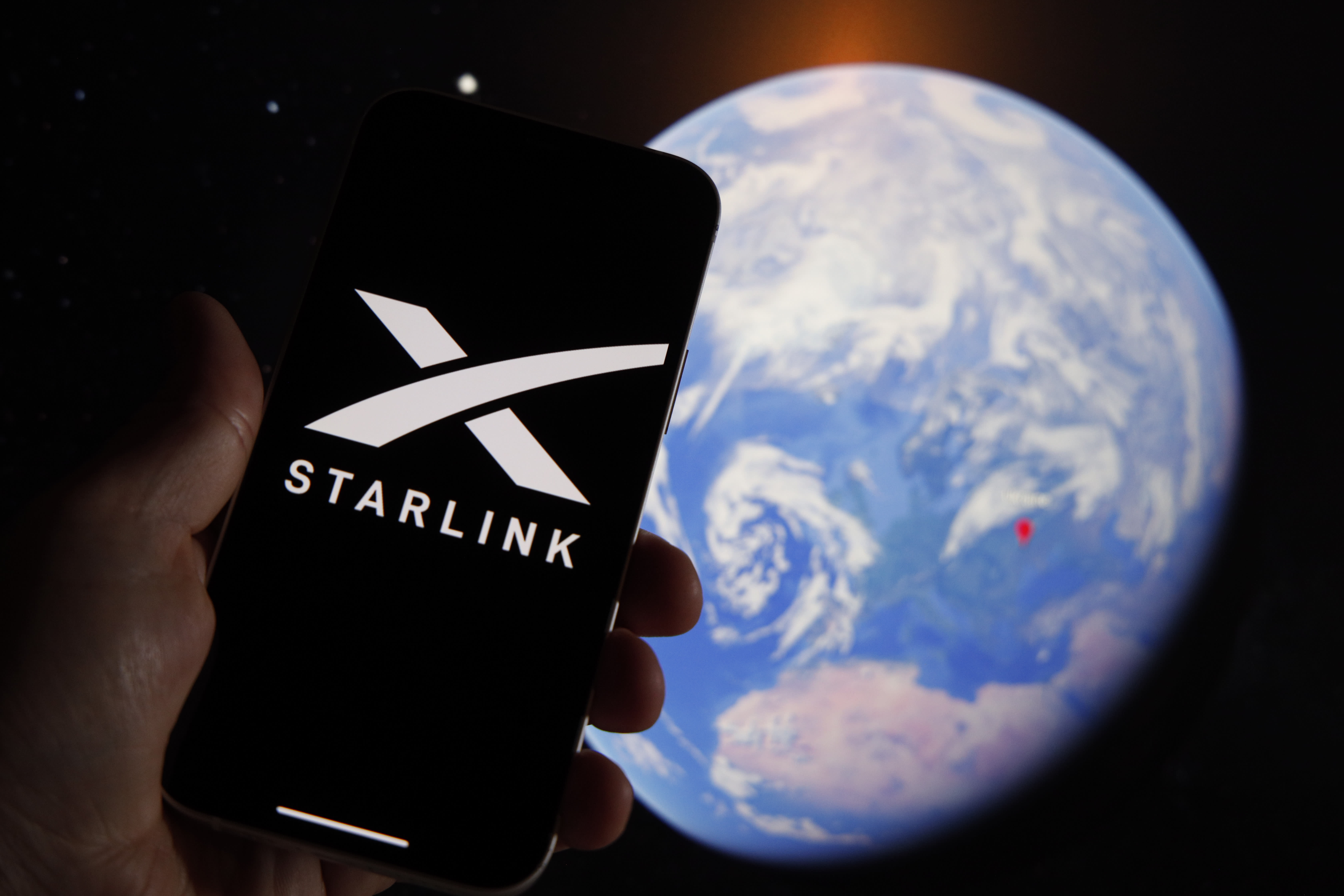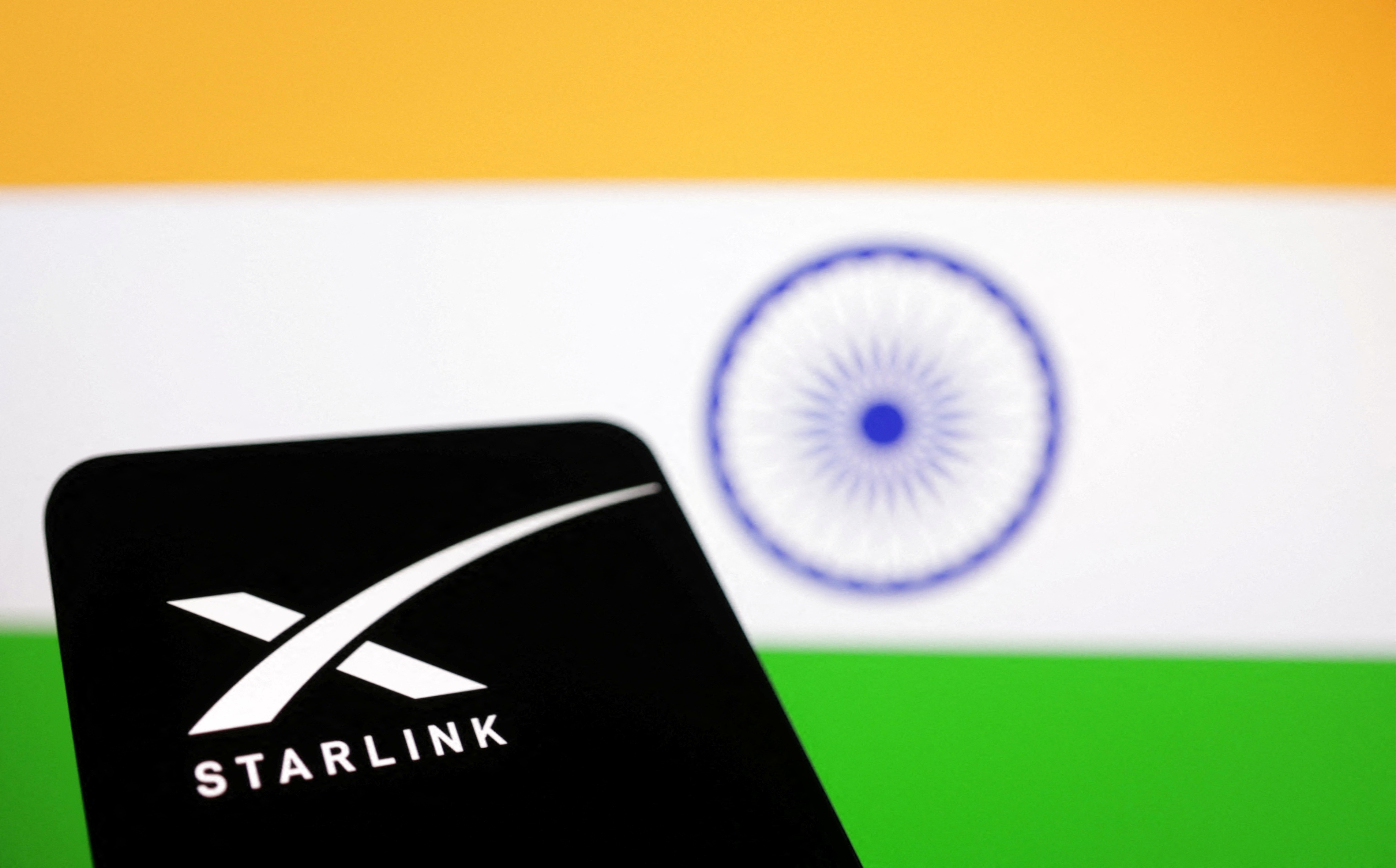Revolutionizing Connectivity: Musk’s Starlink Poised to offer India with Satellite Internet

Revolutionizing Connectivity: Musk’s Starlink Poised to offer India with Satellite Internet
In a groundbreaking development that could reshape the digital landscape of India, Elon Musk‘s ambitious venture, Starlink, is reportedly on the brink of delivering satellite-based internet services to the country. This potential expansion of Starlink’s services to India holds the promise of bridging the connectivity gap, propelling rural and remote areas into the digital age, and empowering millions with unprecedented access to information, education, and opportunities.
Unveiling Starlink’s Vision
Starlink, a brainchild of SpaceX, envisions a constellation of low Earth orbit (LEO) satellites working in harmony to create a web of global internet coverage. The objective is to render high-speed, low-latency internet access available to every corner of the world, irrespective of geographical constraints that have hindered traditional internet infrastructure expansion.
India’s Digital Dilemma
India, a nation of over a billion people, is a fascinating tapestry of contrasts. Its bustling cities are known for their technological prowess, yet vast rural expanses continue to grapple with limited access to the digital realm. According to a report by the Telecom Regulatory Authority of India (TRAI), the country had over 624 million internet subscribers, as of September 2021. While this number is substantial, it primarily accounts for urban and semi-urban regions, leaving rural communities in the shadows of the digital divide.

Empowering Rural India
The potential advent of Starlink in India could be a transformational leap towards digital inclusivity. Many rural and remote areas lack the necessary infrastructure to establish reliable internet connectivity. Traditional internet providers find it economically challenging to extend their services to these regions due to the prohibitive costs of laying cables and building cell towers across difficult terrains. This void in connectivity has limited educational opportunities, healthcare access, and economic growth in these areas.
Starlink’s satellite-based approach could effectively surmount these hurdles. With a constellation of satellites orbiting much closer to Earth than traditional communication satellites, the latency is significantly reduced. This implies that individuals in the most remote corners of India could experience internet speeds and performance akin to those in urban centers.
A Technological Marvel
The technology underlying Starlink’s proposed service expansion is nothing short of extraordinary. Each satellite in the Starlink constellation operates autonomously, utilizing advanced sensors and propulsion systems to maintain precise positioning and avoid collisions. They communicate with user terminals on the ground, which are equipped with phased-array antennas capable of electronically steering their beams to communicate with multiple satellites simultaneously.

This innovative approach holds several advantages over conventional internet delivery systems. Unlike ground-based infrastructure, which is susceptible to natural disasters and human interference, the Starlink constellation remains resilient in the face of such challenges. Moreover, the use of LEO satellites minimizes the signal delay (latency) often encountered with traditional geostationary satellites, resulting in smoother online experiences, especially for real-time applications like video conferencing and online gaming.
Navigating Regulatory Waters
As Starlink endeavors to illuminate India with its satellite-based internet service, navigating the regulatory framework is a critical aspect. The Indian government holds the authority to allocate and regulate the use of radio frequencies for communication purposes. Any new player entering the market must adhere to these regulations to ensure interference-free coexistence with existing services.
Engaging constructively with Indian regulatory bodies and demonstrating the benefits of its technology will likely be key factors in Starlink’s successful integration into the Indian digital ecosystem.
Challenges on the Horizon
While the prospect of Starlink’s expansion into India is exciting, it also raises pertinent challenges. One such challenge pertains to affordability. The service cost for Starlink, though competitive with existing broadband options in rural and remote areas, might still pose financial constraints for certain segments of the population. Addressing this concern will be crucial to ensure that the benefits of connectivity reach all strata of society.
Additionally, environmental considerations come into play. The launch and operation of satellite constellations have sparked debates about their potential impact on the night sky and the space environment. As Starlink expands its constellation, it will be imperative for the company to collaborate with the global astronomical community to mitigate any adverse effects on astronomical observations and space sustainability.
A Glimpse into the Future
If Starlink’s foray into India proves successful, it could pave the way for a revolution in how internet connectivity is perceived and delivered. As access to information becomes more democratized, opportunities for education, skill development, and entrepreneurship will abound. Remote healthcare services, e-governance initiatives, and even the growth of digital entertainment industries in rural areas could become a reality.

In conclusion, the potential arrival of Starlink’s satellite internet services in India heralds a new chapter in the nation’s digital narrative. By transcending geographical barriers and empowering underserved communities, Starlink could play a pivotal role in shaping a more connected, informed, and vibrant India. As the company collaborates with regulatory bodies, addresses challenges, and steers its constellation toward the Indian skies, the dream of a fully illuminated digital India draws closer to realization.




